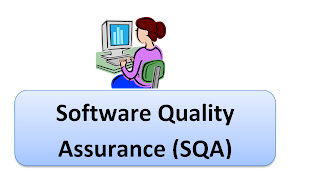Software Quality Assurance in software engineering

On this blog you can post about most of the engineering related topics in very simple language. It computer science programs or management systems. Can read and understand in very easy language. Here you can know the code of different types of programs. You can learn about different computer languages. And you will also get information related to the operating system here. All you have to do is one click and your questions will be answered immediately. All about learning and knowledge provide...

The developer use the prototype model to refine the requirement & prepare the final specification documents. Because the working prototype has been evaluated by the customer, it is reasonable to expect that the resulting specification document will be correct. When the prototype model is created, it is reviewed by the customer the developers developed the prototype model to speed up the software development process.
The prototype model is developed to improve the requirement in this prototype model if the users & clients are not satisfied than model will not stop.
Good job
ReplyDelete